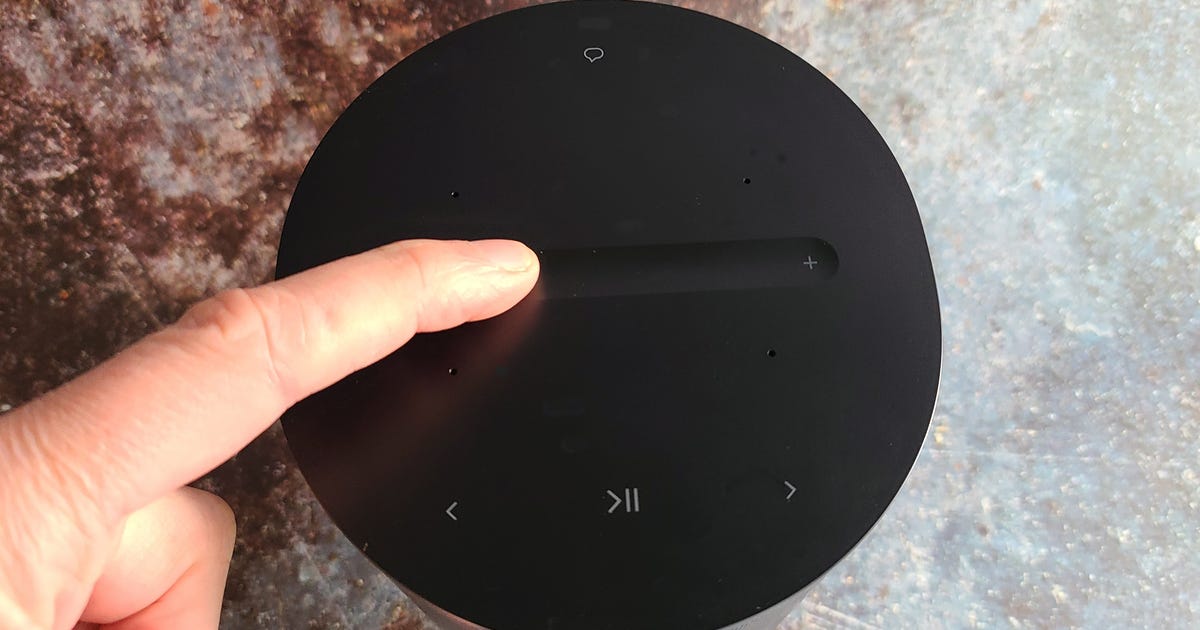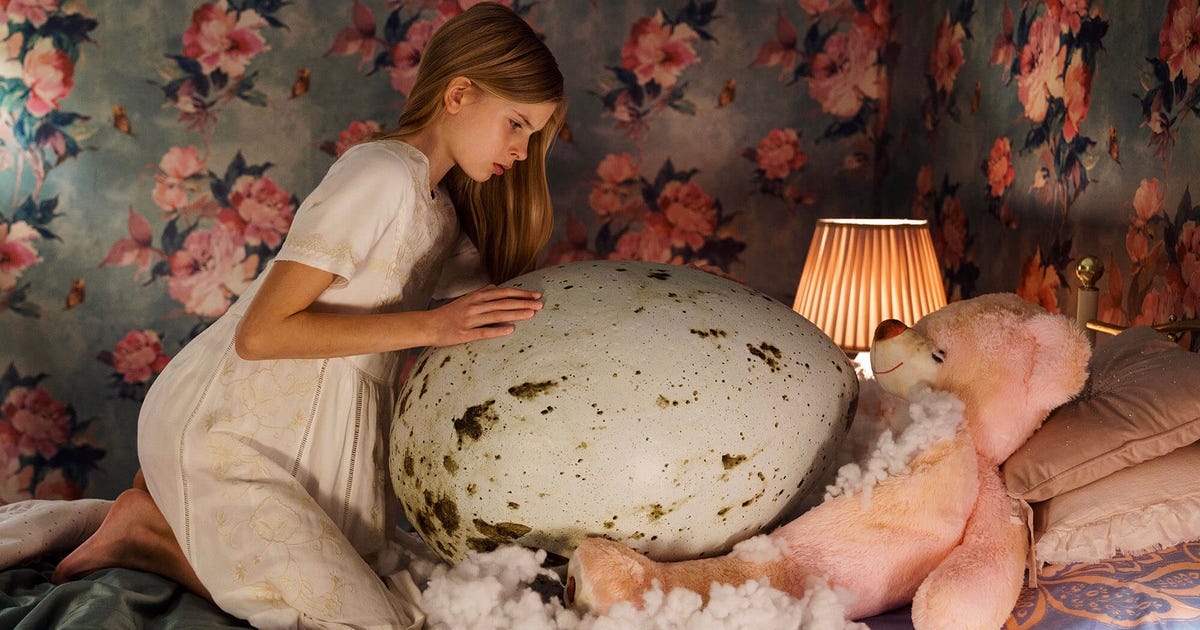
Geoffrey Morrison/CNET
CNET reader Doug asks:
Hello! I was watching a movie on Blu-ray the other day filmed in the 21:9 aspect ratio and I realized that it technically wasn’t “1080p” since about 1/4 of the screen was taken up by the horizontal black bars (called “letter boxing,” correct?). Anyway, I was just wondering how many pixels were being used on the TV. Thank you!
Ah, letterboxing, how I love you.
To understand letterboxing, we have to talk about aspect ratio. HDTVs are 16×9, or 1.78:1. Slightly wider than they are tall, they’re pleasantly rectangular. Old-fashioned tube TVs were 4×3, or 1.33:1, so closer to square.
The problem is, 1.78:1 doesn’t correspond to any film aspect ratio. In fact, there is no standard film aspect ratio. Modern movies generally range from 1.85:1 (slightly wider than HDTV) to 2.39:1 (way wider than HDTV).
The 21:9 you mention only refers to one thing: the aspect ratio of the Vizio ultra-wide-screen HDTV (or the similar Philips model that wasn’t sold in the U.S.). This is 2.37:1, which while not matching any exact film ratio falls right in between the 2:35:1 of older (pre-1970) films and the newer 2.39:1 ratio (also called 2.4:1 on Blu-ray).
Your question gets a largely semantic answer. The resolution on the Blu-ray disc is “1080p” in that it has 1,920×1,080 pixels. However, the top and bottom letterbox bars are just black pixels. A modern 2.4:1 movie, then, has an active picture area of 1,920×800.
Related stories
- LED LCD vs. plasma vs. LCD
- Active 3D vs. passive 3D: What’s better?
- When HD isn’t HD
- Contrast ratio (or how every TV manufacturer lies to you)
- How big a TV should I buy?
- Why all HDMI cables are the same
This isn’t a big deal for pretty much anyone (caveat below), as you’re getting a pixel-by-pixel representation of the encoded image. You’re not losing out on anything. In fact, you’re getting the image exactly as the director intended.
If you’re one of the dozen or so people who bought one of those 21:9 TVs, or have a ultra-wide-screen projection setup (as I do), expanding the image to fill the wider screen can result in a slight softness.
Some projectors have processing that crops the black bars and stretches the image vertically (so everyone looks tall and skinny), then an anamorphic lens stretches it back horizontal to fill a 2.4:1 screen. In theory, this makes a sharper image (due to the upconversion) and a brighter projected image (because you’re using the entire DLP/LCD/LCOS chip, not just the central portion). However, you’ll lose some contrast ratio with the external lens.
Cropping is bad, mmmkay?
A hatred of black bars has existed seemingly forever, though it became more vocal with DVD. It seems a lot of people don’t like not using their full HDTV screen. I’ll be honest, I don’t understand this argument in the slightest. I get vocally antsy when people talk about zooming in to “get rid of those black bars.” This is a bad idea. Let me demonstrate:
Here is your HDTV showing a 2.4:1 image:


Geoffrey Morrison/CNET
If you were to “zoom in” on this same image, your TV would crop out the edges. It would look like this:


Geoffrey Morrison/CNET
How crazy is that? I’ve been totally cropped out by your TV!
Notice how much you’re missing:


Geoffrey Morrison/CNET
Hey, do what you want, but every time you zoom in on a letterboxed image, the FSM kills a kitten.
Got a question for Geoff? Go to “Geoffrey Morrison” below, then click the e-mail link in the upper right to e-mail, wait for it…Geoffrey Morrison! If it’s witty, amusing, and/or a good question, you may just see it in a post just like this one. No, I won’t tell you what TV to buy. Yes, I’ll probably truncate and/or clean up your e-mail. You can also send me a message on Twitter: @TechWriterGeoff.




